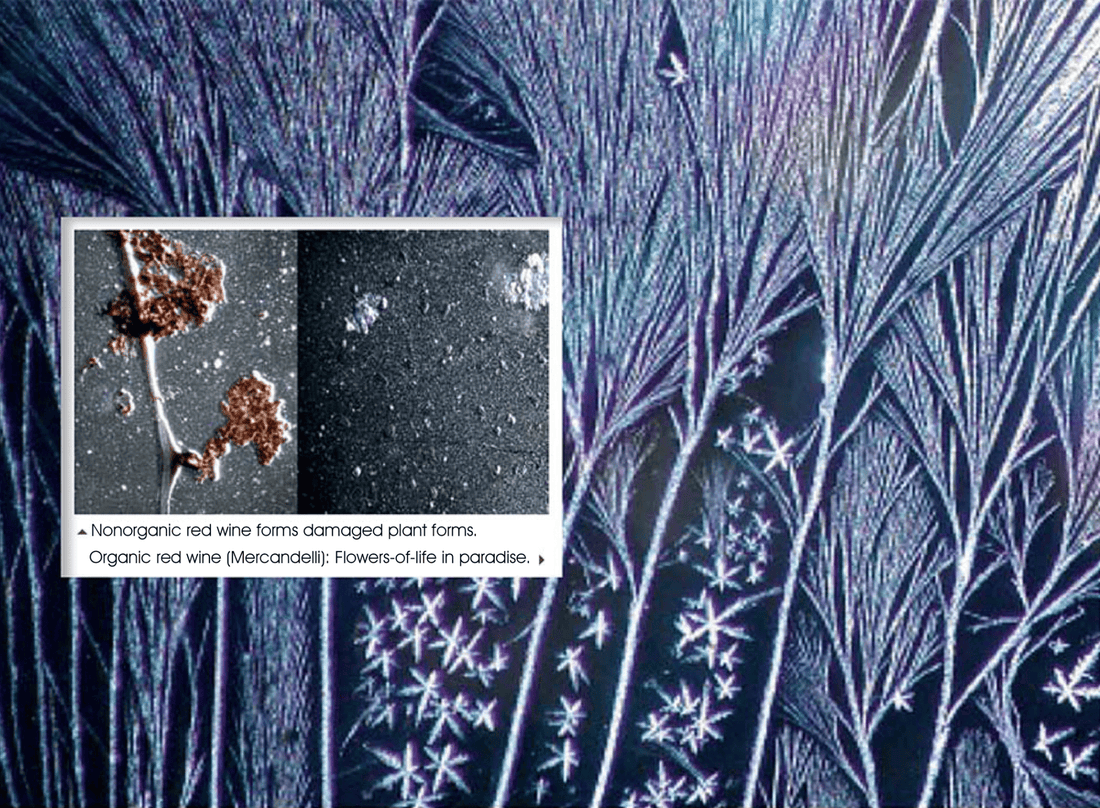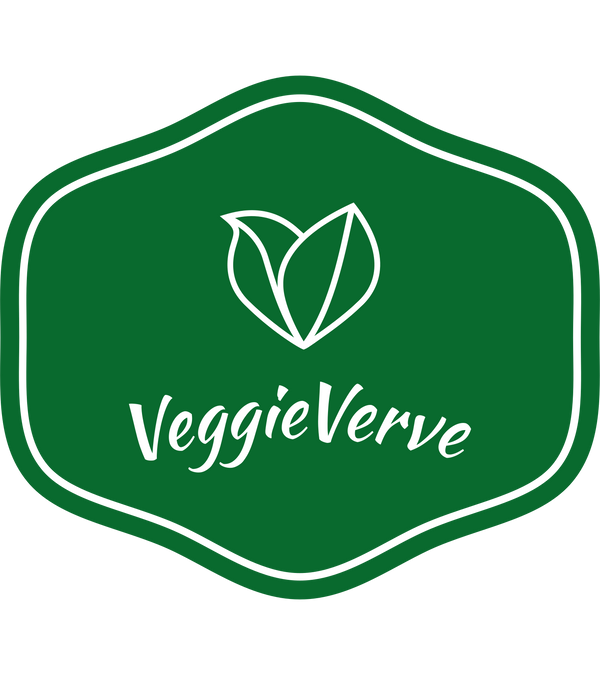
Organic vs. Non-Organic Food and Products
Share
In this post, we explore the fascinating work of the Swiss VisionLab, where they delve into the intrinsic qualities of organic versus non-organic food. Through their research, they demonstrate how organic food embodies a harmonious structure, a stark contrast to the chaotic makeup of conventional, industrially-produced food. These findings are depicted through captivating, almost meditative crystallization images that illustrate the subtle yet profound differences.
The Swiss VisionLab's research underscores the importance of food quality, which is intimately linked to the health benefits we derive from our diet. They emphasize that the subtle energies and order found in organic food, powered by sunlight, are crucial for holistic health. However, these qualities are not just about taste but also about the inherent vibrational properties that are not easily quantified by science.
Erwin Schrödinger, a Nobel Prize-winning physicist, also highlighted the significance of sunlight in the food's structure. The Swiss VisionLab's crystallization technique, influenced by ancient spagyric methods, makes this internal order visible. This method is standardized and objective, providing clear, visible distinctions between organic and conventional food. Even children can appreciate the beauty of these images, offering an intuitive understanding of the superiority of organic produce.
This research marks a significant advancement in understanding food quality, moving beyond traditional methods like Emoto's ice-crystal imagery. It's a revelation in the field, offering a simple yet profound way to see the true quality of organic food.



To be continued.
